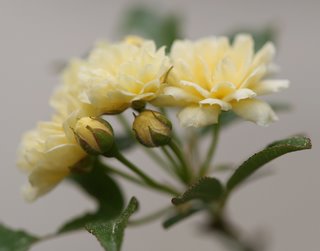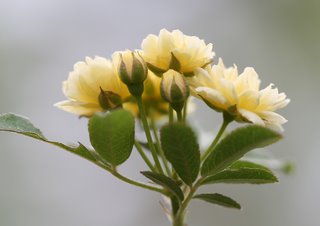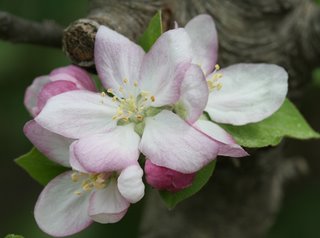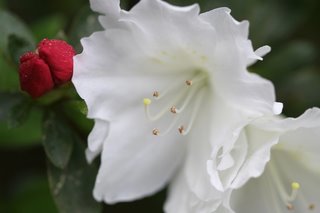We've been having unseasonably warm weather even into the 80s for the last week or so, but today I heard that by Thursday, we will have significantly cooler temperatures, with daytime highs only into the 50s or 60s. I forgot to mention that yesterday I mowed the lawn for the first time this season. Today I purchased a fig tree for myself (variety Celeste - Ficus carica 'Celeste'), one for my parents, and one for my parents' neighbors (varieties Celeste and Brown Turkey - I suspect my parents will take the Brown Turkey and their neighbors the Celeste).
Celeste and Brown Turkey seem to be the most well-suited fig varieties in this area. Celeste, also known as Blue Celeste, Honey Fig, Malta, Sugar, and Violette, is said to grow 6-10' in height and 10-15' in width, and to be winter hardy to 0°F. Brown Turkey, also known as Black Spanish and San Pedro, is said to grow around 10' tall and I think 10-20' wide, and okay down to 10°F. Both grow quite fine in zones 8 and warmer, and, here in zone 7, are generally fine but may need some winter protection.
According to the state's extension service:
I am thinking of planting my new fig tree, around 3' tall but said to grow fast, in the fruit tree island where the plum tree used to grow. I would prefer to train the tree as a shrub to make it survive winters with less exposure and to make the fruit, which bears on the ends of the previous year's wood and ripens in the late summer, more accessible. I read on the state of Georgia's extension service site:
Figs need well-drained, reasonably fertile, moist soil. They need protection from winter sun and winds. A northern exposure often helps to keep the plants dormant until warm weather. Select well rooted one-year-old plants and set them ten feet apart. If a tree is desired; set the plants one or two inches deeper than they grew in the nursery. If a bush is desired, set them four inches deeper than they grew in the nursery. Deeper planting encourages branching. Mulch figs to conserve moisture and to keep down weeds. In early spring, apply fertilizer according to a soil test report. If you have not taken a soil test apply 10-10-10 at the rate of one pound for each year of age, up to a maximum of 15 pounds. Too much nitrogen gives excessive growth, reduces yield and promotes winter injury. If more than 18 to 24 inches of terminal growth is produced in one season, reduce the amount of nitrogen being applied. Figs usually need very little pruning. Pruning consists mainly of removing dead and broken branches. Wait until the plant has just begin to produce new growth. With time your fig bush may become too [sic] large to easily harvest. In this case, cut back individual branches to the desired height. Figs often have a problem with fruit dropping before it reaches maturity. Possible reason include ... excessive nitrogen which in turn promotes vegetative growth; poor light due to shading; frost or freeze injury; or too much or too little moisture in the soil or nematode damage. Sometimes the fruit will split as they ripen. Usually this is due to uneven moisture or heavy rains.
Begin training to bush form at the time of planting by cutting off one-third of the young plant. This forces shoots to grow from the base of the plant. Let these shoots grow through the first season. Then, late during the winter after the first growing season, select three to eight vigorous, widely spaced shoots to serve as leaders. Remove all other shoots. Be sure the leaders you select are far enough apart to grow to 3 to 4 inches in diameter without crowding each other. If they are too close together, the leaders cannot grow thick enough to support themselves and their crop, and they tend to fall over or split off under stress of high winds. If this happens, remove the damaged leader and select a new one late the next winter by choosing one of the many suckers that arise annually. If more branching is desired, head back the bush each spring beginning the second year after planting, after danger of frost is past but before growth has started. Do this by removing about one-third to one-half the length of the last year’s growth.
Also, prune all dead wood and remove branches that interfere with the leaders’ growth. Cut off low-growing lateral branches and all sucker growth that is not needed to replace broken leaders. Do not leave bare, unproductive stubs when you prune. These stubs are entry points for wood decay organisms. Make all pruning cuts back to a bud or branch.






